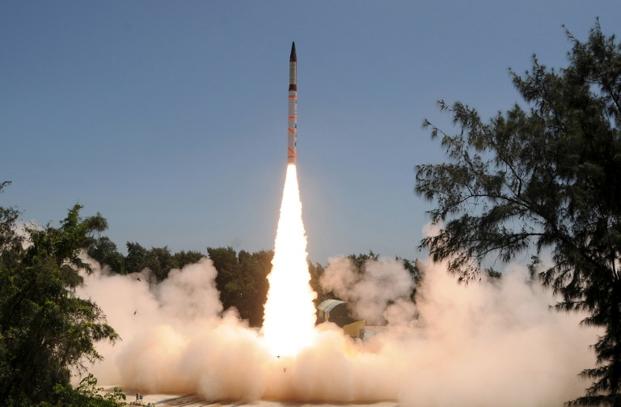As per a report released by Stockholm International Peace Research Institute (SIPRI), India is among top 5 defence spenders in the world for the year 2017.
 Highlights of Defence Spending report released by SIPRI:
Highlights of Defence Spending report released by SIPRI:
In 2017, India’s Defence expenditure stood at $63.9 billion, marking a 5.5 per cent increment over the previous year. India has replaced France at the No. 5 spot.
- In India’s case, the incremental spending is not towards deploying state-of-the-art military equipment. Rather, the major portion has been spent on salaries and pensions for roughly 1.4 million serving personnel and more than 2 million veterans.
- With $610 billion defence expenditure in 2017, United State (US) retained its position as world’s largest spender. US accounted for 35 percent of global military expenditures. However, its total spending has remained unchanged on year-on-year basis.
- India’s neighbour China accounted for the largest absolute increase in spending of $12 billion. Its total defence spending for 2017 stood at $228 billion.
- With defence spending of $69.4 billion in 2017, Saudi Arabia replaced Russia at No. 3 position.
- Russia’s defence spending dropped by 20 percent to $66.3 billion. SIPRI has attributed this drop to factors such as falling oil prices.
- Global military spending stood at $1.73 trillion in 2017 marking 1.1 percent increment over previous year.
Top 10 Defence Spenders – 2017
| Rank | Country | Defence Spending |
| 1 | United States | $610 billion |
| 2 | China | $228 billion |
| 3 | Saudi Arabia | $69.4 billion |
| 4 | Russia | $66.3 billion |
| 5 | India | $63.9 billion |
| 6 | France | $57.8 billion |
| 7 | United Kingdom | $47.2 billion |
| 8 | Japan | $45.4 billion |
| 9 | Germany | $44.3 billion |
| 10 | South Korea | $39.2 billion |
Quick Facts about Stockholm International Peace Research Institute (SIPRI):
♦ Formed in – 1966
♦ Based in – Stockholm, Sweden
♦ Purpose – To provide data, analysis and recommendations, to policymakers, researchers, media and the interested public
AffairsCloud Recommends Oliveboard Mock Test
AffairsCloud Ebook - Support Us to Grow
Govt Jobs by Category
Bank Jobs Notification


